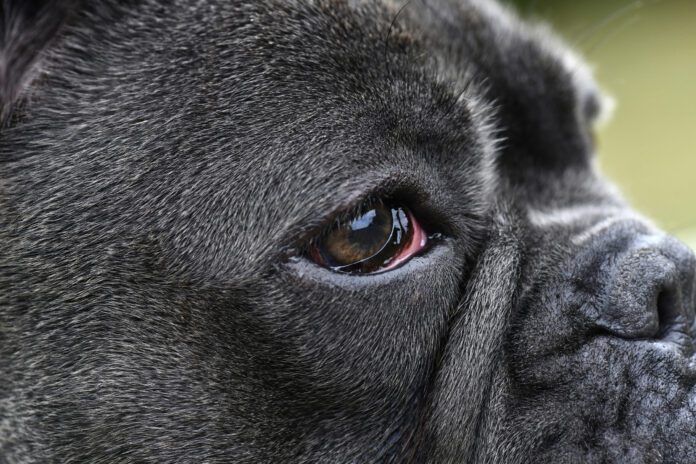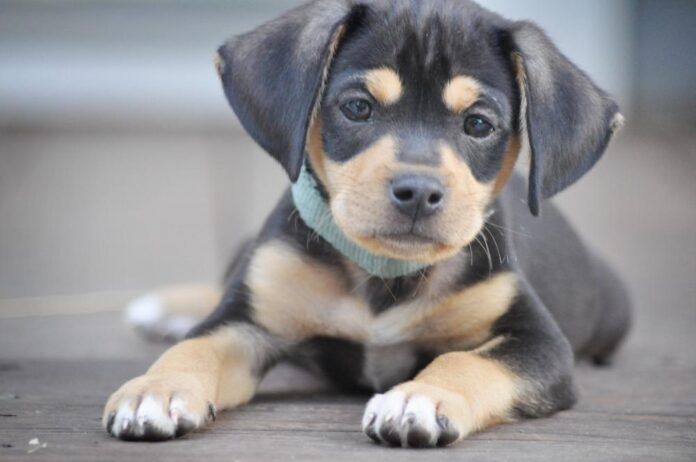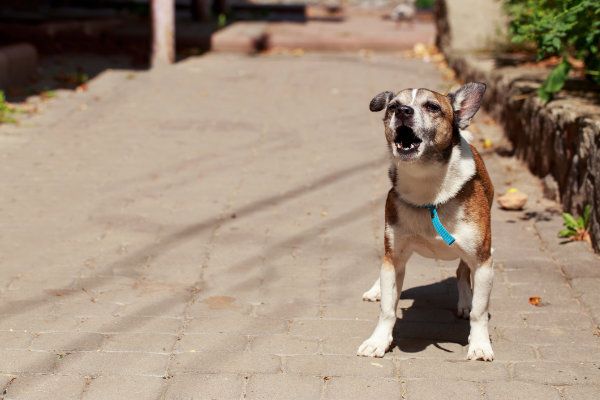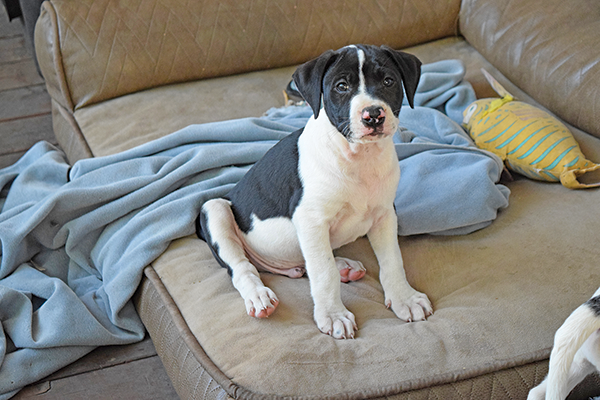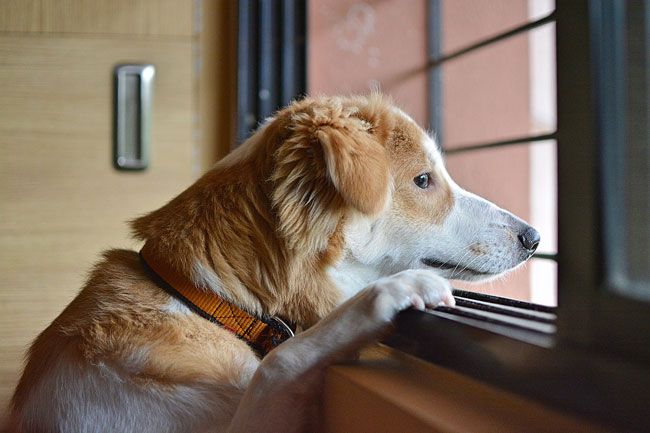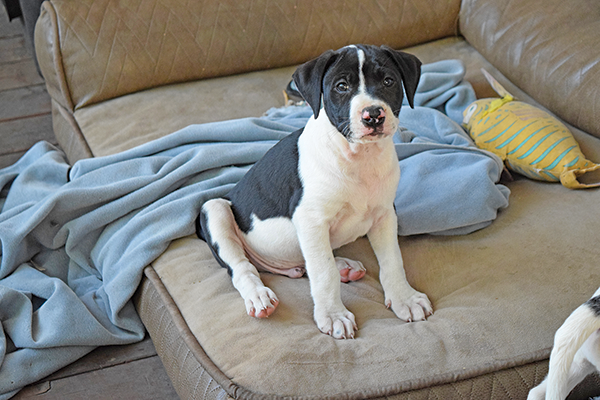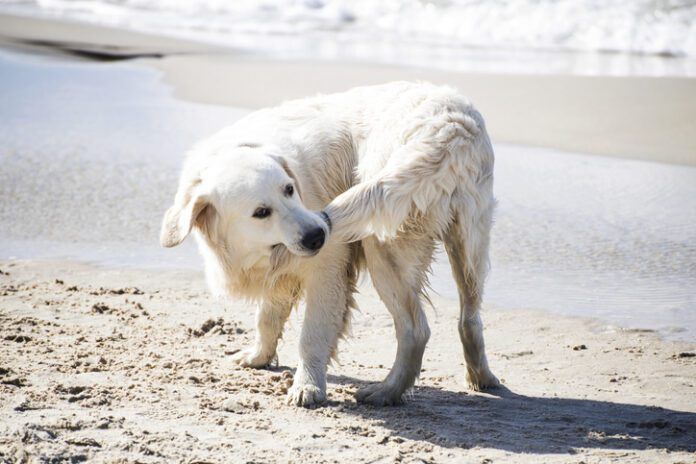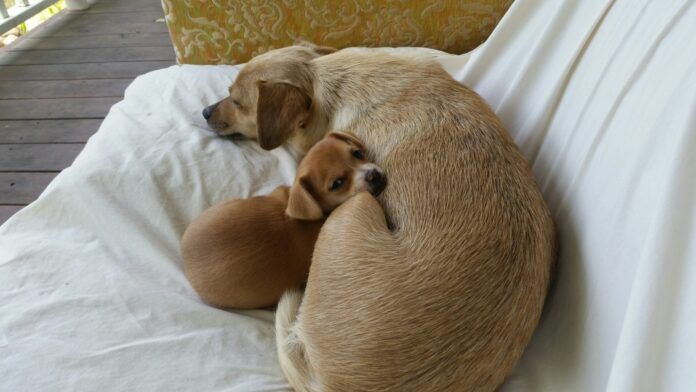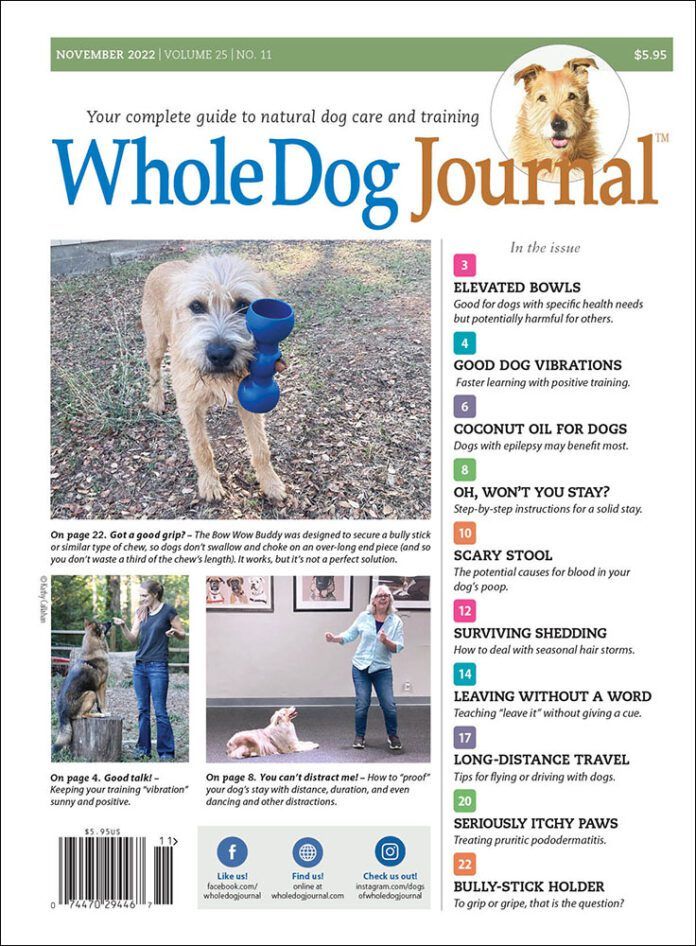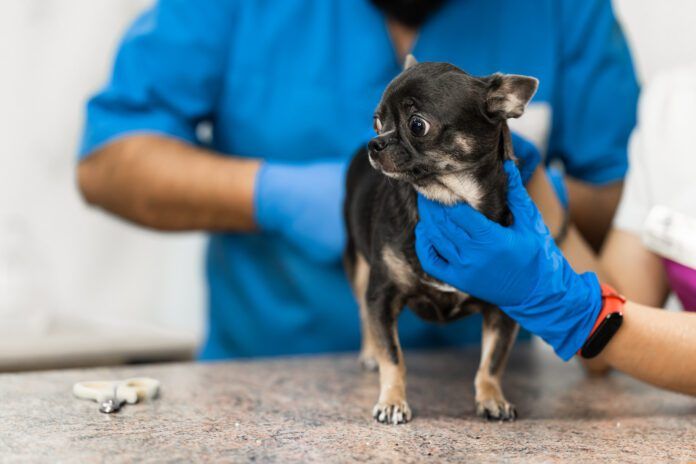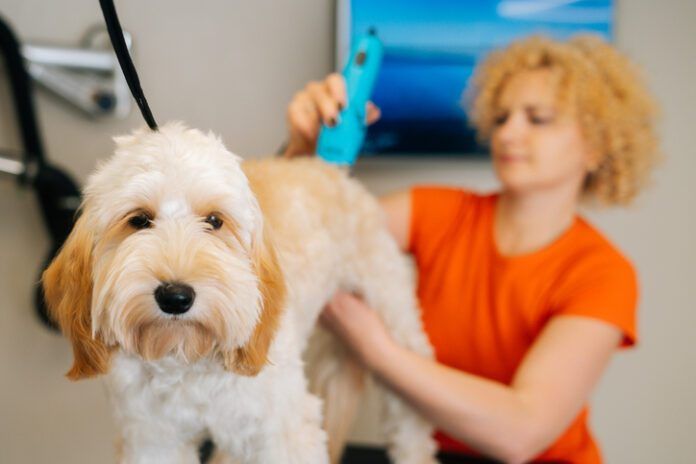The seriousness of red eyes in a dog depends partially upon what part of the dog’s eye is red. If the eyes are red around the outside tissues (the conjunctiva), relax a little. While you can’t ignore a dog with eyes red around the outside, it’s unlikely to be vision-threatening. Red conjunctiva is often coupled with some discharge that ranges from clear to thick pus.
If both of your dog’s eyes are red, it may be eye allergies or an infection, although it is most likely an allergic reaction to some sort of pollen. Like allergies, mild dog eye infections symptoms include red and swollen eyes. And, while your dog needs a vet visit, it isn’t a middle of the night trip to the emergency clinic problem. (Interestingly, if your dog’s eyes only look red at night, that’s likely a normal reflection of light from red blood cells in the back of the dog’s eyes.)
A home remedy for red eyes around the outside is to gently compress the eye with a warm washcloth and remove any discharge or dried-on debris. Then flush the eyes thoroughly with artificial tears or an eye wash. Do not use any human medications for allergic eyes without consulting your veterinarian first. Try to prevent your dog from rubbing his face on the rug, furniture, or his paws.
If the dog’s eyeball is red and accompanied by squinting, pain, and/or discharge, your dog needs to be seen. An eye problem can go from minor to serious very quickly, so get your dog to your veterinarian as soon as possible.
Trauma can cause bleeding of blood vessels in the sclera (white portion of your dog’s eye). This can be caused by being hit by a car or any head trauma, and the dog needs a veterinary exam right away.
Glaucoma and uveitis are inner-eye conditions that are painful and can cause a red eye. Left untreated, these conditions can lead to blindness. Uveitis is an infection, while glaucoma is a buildup of dangerous pressure inside the eyeball. Dry eyes and corneal damage can both cause a reddish appearance to your dog’s eyes. These are also conditions that require a veterinary consultation and treatment.


